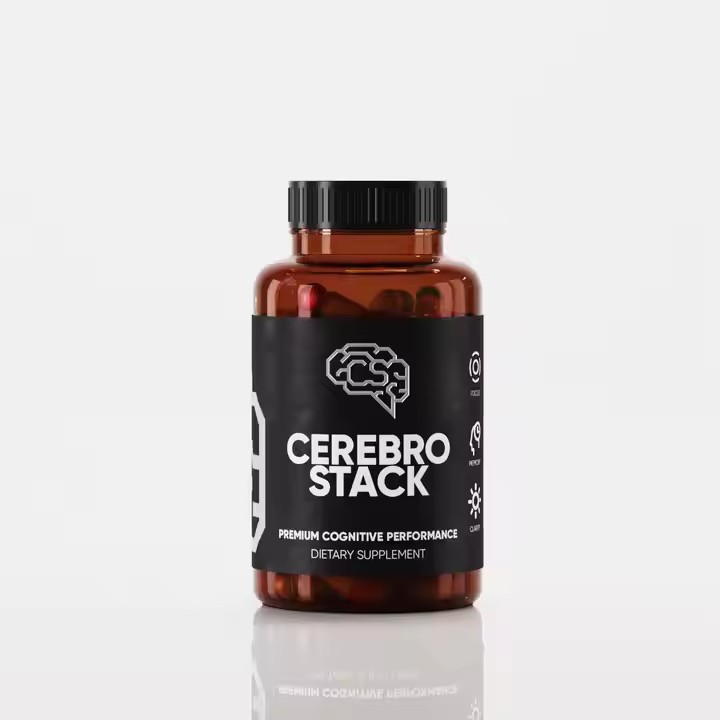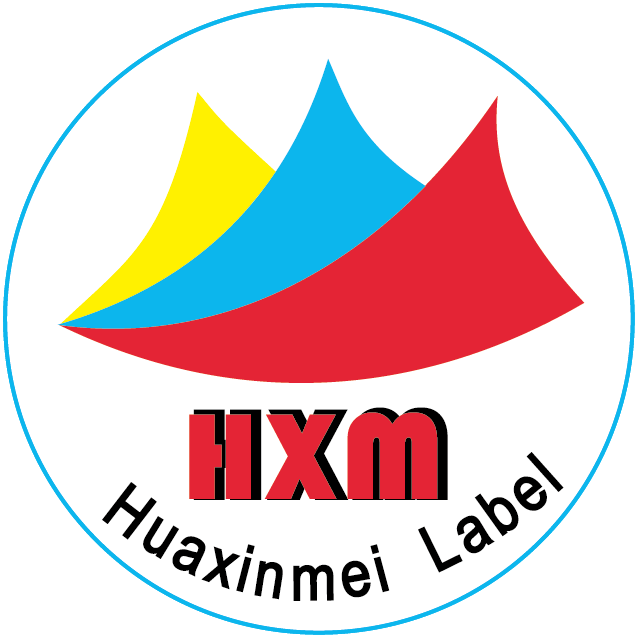Scented ink is a very conventional type of ink. Nowadays, many inks have scents. For example, in the stationery industry, erasers, ballpoint pens, and fountain pen inks, etc., all have scents. Only in this way can the scented products attract consumers to make purchases. Many things have scents because only scented items can attract consumers sufficiently. Scent is a relatively intuitive sense of touch. When people smell a pleasant scent, they feel good, and it can boost their spirits. It is very therapeutic and soothing. In a society where stress is generally high, people have a strong demand for scented items.
Precise Planning and Testing
Detailed Design Evaluation: Before starting a printing project, carefully assess the design documents. Clearly define the areas where scented ink needs to be printed to avoid unnecessary large-scale use. For designs that only require the scent to be presented in certain local areas, accurately define the printing scope to reduce the amount of ink used. For example, in food packaging, if the scent only needs to be emitted from the product image or specific logo, there is no need to use scented ink on the entire packaging surface.

Make Test Samples: Before formal printing, use the same equipment, materials, and processes as those for actual printing to make test samples. Through the test samples, accurately measure the amount of ink required for different patterns and texts. At the same time, observe the adhesion, drying, and scent diffusion effects of the scented ink in different areas. Based on the results of the samples, fine-tune the design or printing parameters to achieve the best results and minimize ink consumption. Test the paper to see how well it absorbs the ink, and under what circumstances the scent can be maximally displayed.
Select Appropriate Ink and Equipment
Match Ink Characteristics: Select scented ink with appropriate characteristics according to the printing material and product requirements. Scented inks of different brands and models vary in viscosity, drying speed, and scent durability. For example, for paper with strong absorbency, choose low-viscosity and fast-drying scented ink to reduce ink penetration and waste. For non-absorbent materials such as plastic films, choose ink with strong adhesion to avoid the need for repeated printing due to poor ink adhesion. Also, when mixing the ink, pay attention to the appropriate ratio to prepare suitable ink.
Optimize Equipment Configuration: Ensure that the printing equipment is in good condition and optimize and adjust it according to the characteristics of the scented ink. For example, adjust the pressure of the ink rollers to ensure uniform ink transfer and avoid local areas with too thick or too thin ink layers. For some high-precision printing equipment, use its advanced ink metering system to precisely control the ink supply and reduce excessive ink usage. At the same time, maintain the equipment regularly to prevent ink waste caused by equipment failures, such as clogged nozzles and poor ink paths. Optimizing the equipment is very important because technology is becoming more and more advanced nowadays, and people tend to pursue efficiency. To improve efficiency, the equipment needs to be updated. Only with good equipment can the efficiency be relatively high.
Control During the Printing Process
Color Management: Reasonably use the color management system to accurately match and combine the colors of scented ink with those of other ordinary inks. Avoid repeated printing or excessive use of scented ink due to color deviations to achieve the desired visual effect. Through precise color calibration, minimize the amount of scented ink used while meeting the design requirements.
Adjust Printing Speed: Adjust the printing speed reasonably according to the drying speed and transfer characteristics of the scented ink. If the speed is too fast, the ink transfer may be insufficient, and more ink may be needed to compensate. If the speed is too slow, the ink may accumulate excessively on the printing plate, causing waste. Find the optimal printing speed through experiments to achieve efficient ink transfer and usage while ensuring the printing quality.

Ink Recycling and Reuse: During the printing process, install an ink recycling device to collect the excess ink. For the recycled ink that has not been contaminated, after processing such as filtering and testing, it can be added and used in appropriate amounts in subsequent printing. However, it should be noted that the reuse ratio of the recycled ink should be reasonably controlled according to the properties of the ink and the printing quality requirements to avoid affecting the printing effect.
Inventory Management and Cost Monitoring
Inventory Optimization: Arrange the inventory of scented ink reasonably according to the printing production plan. Avoid excessive inventory that may lead to deterioration or scent volatilization of the ink due to long-term storage, and prevent insufficient inventory from affecting the production progress. Adopt the principle of “first in, first out” for inventory management, and give priority to using the ink purchased earlier to ensure the freshness and performance of the ink.
Cost Analysis and Monitoring: Establish a detailed cost accounting system to monitor and analyze the usage cost of scented ink in real time. Record data such as the purchase quantity, usage quantity, and number of printed products of the ink each time, and regularly analyze the changing trend of the ink cost. Through cost analysis, identify possible waste links or cost optimization points and take timely measures for improvement. For example, if it is found that the ink usage increases abnormally during a certain period, analyze the data to determine whether it is caused by printing process problems, equipment failures, or other reasons, and then solve the problem targeted to reduce costs.


